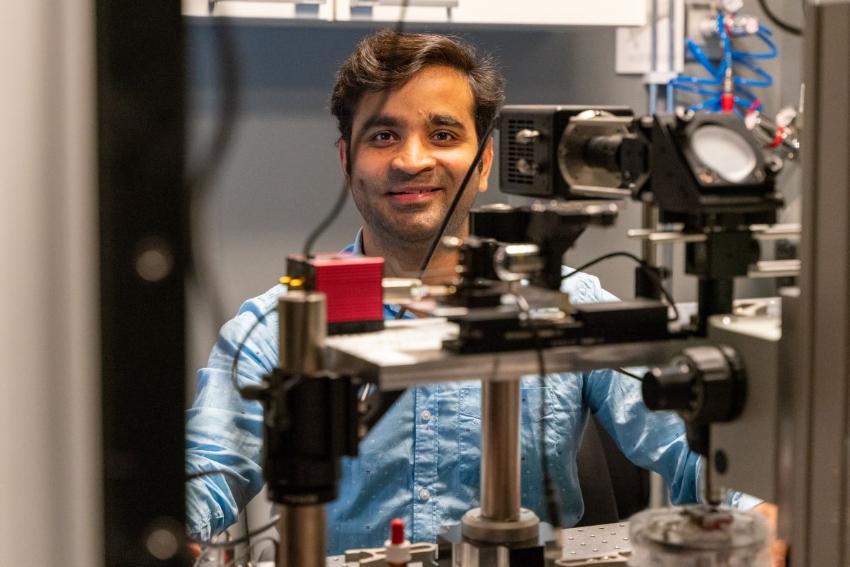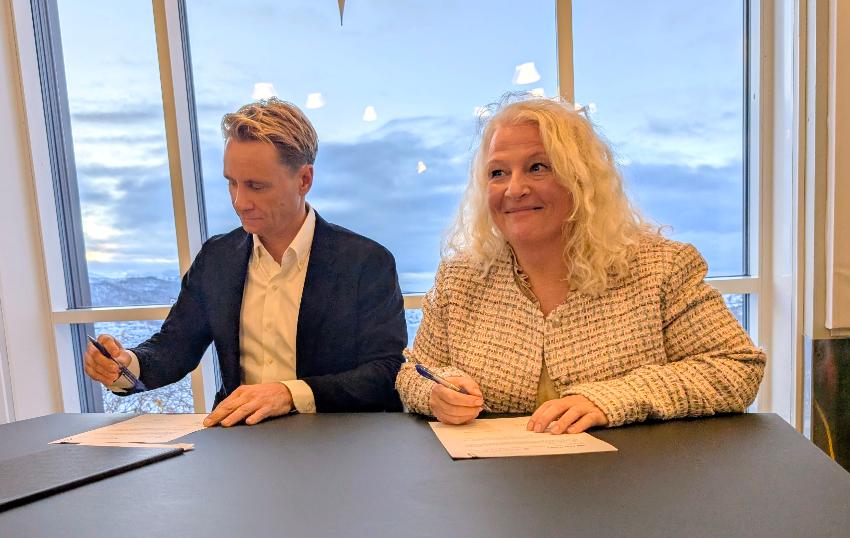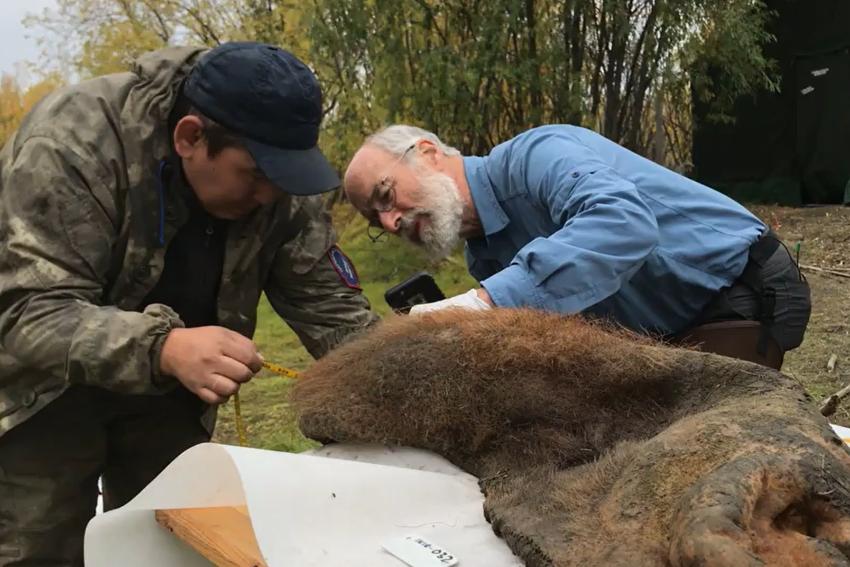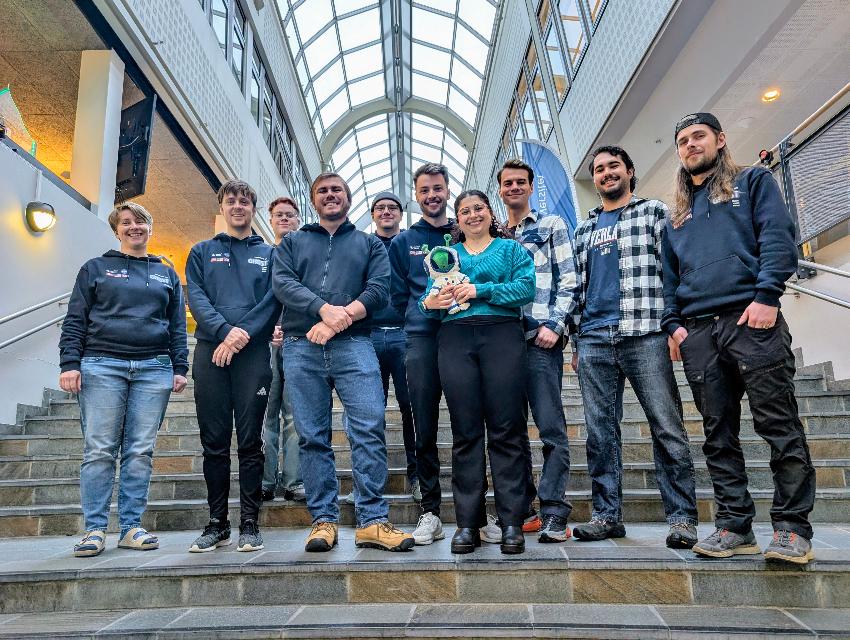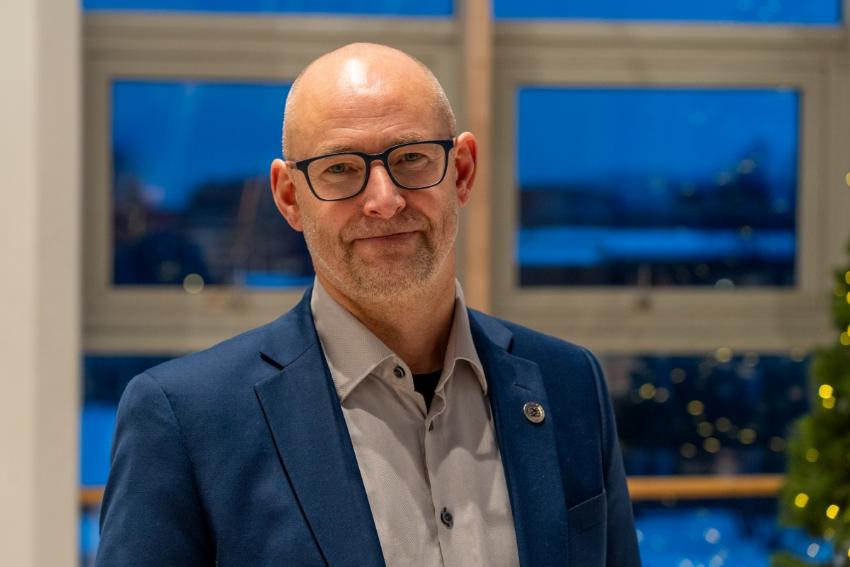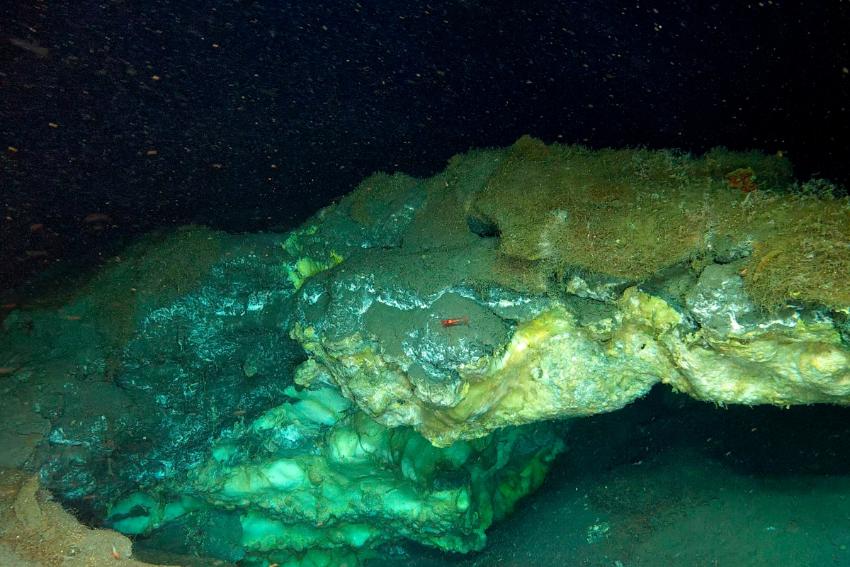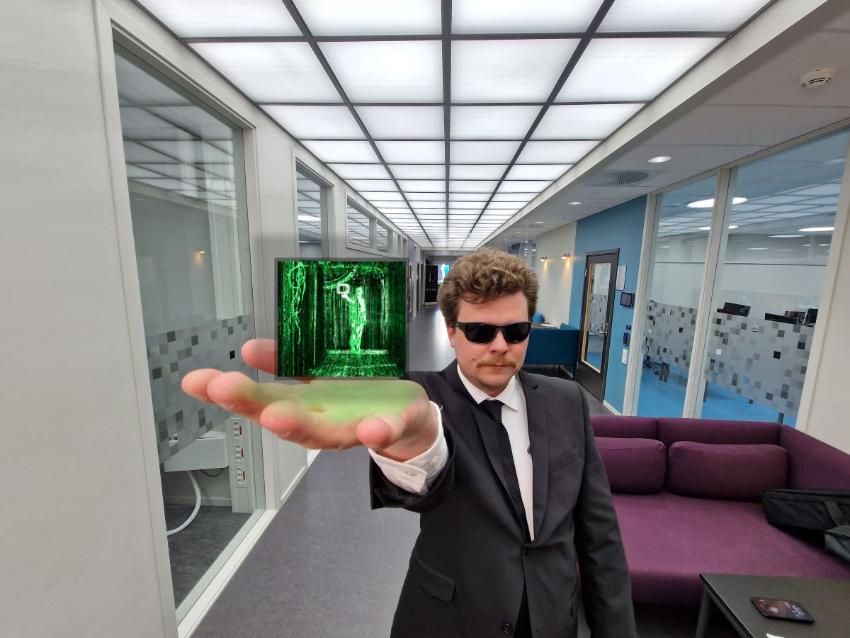Guest lecture Thursday October 13th, 2022: Professor Ananda Shankar Chowdhury, Jadavpur University, India
We are excited to announce that Professor Ananda Shankar Chowdhury, Jadavpur University, India will be giving a guest lecture on Thursday October 13th, 2022. The lecture will be held in person at Auditorium 1.023 av Teknologibygget.
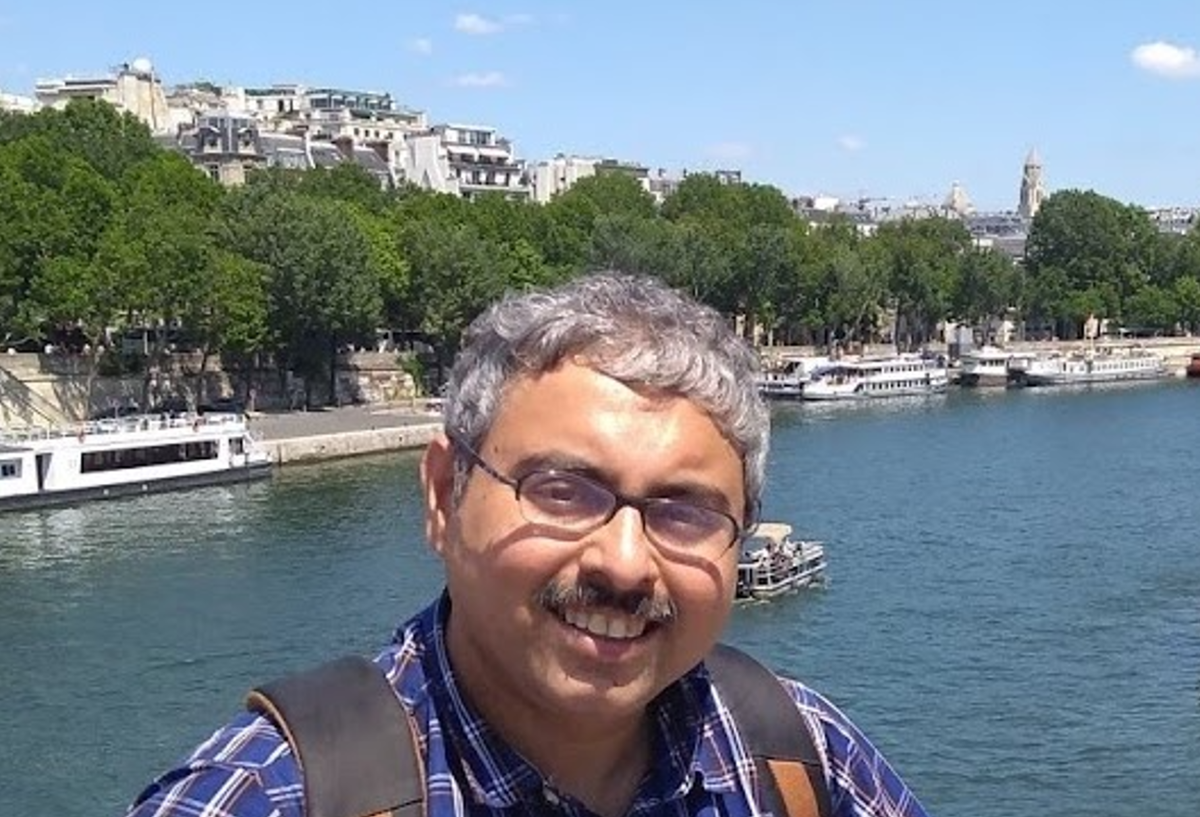
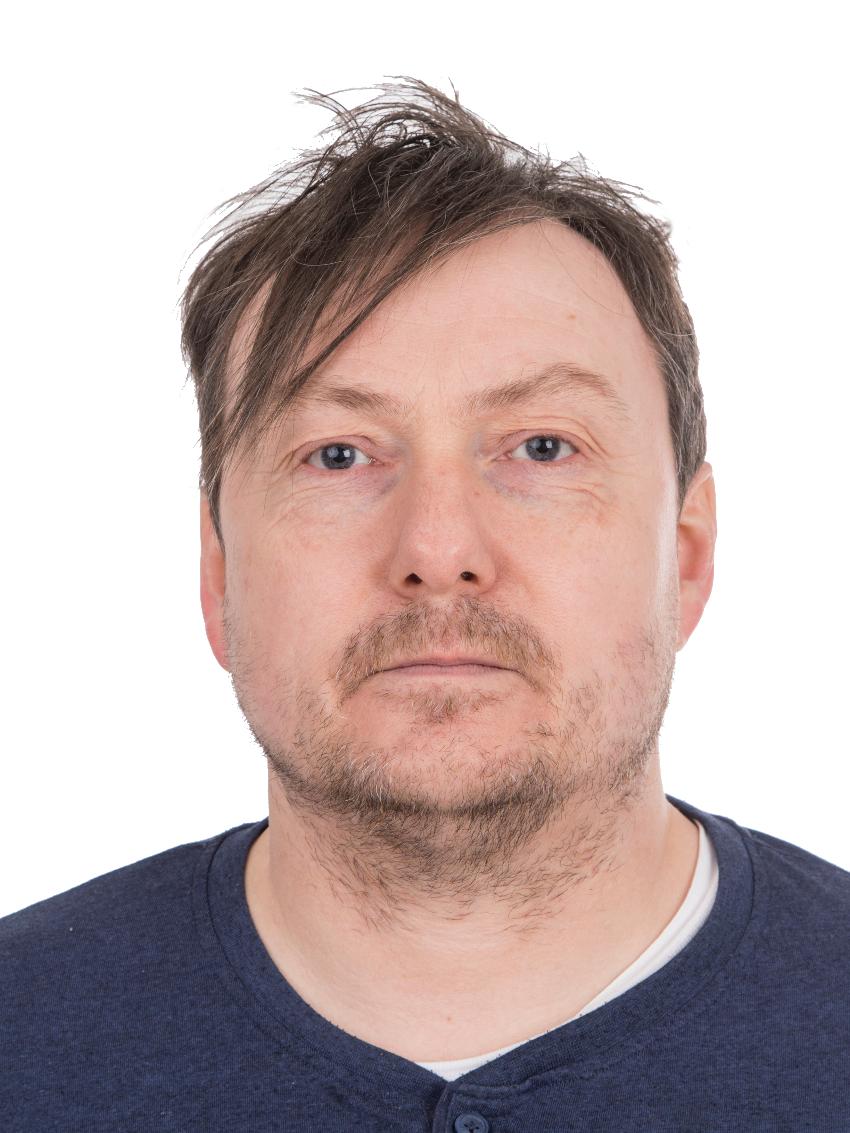
Professor Chowdhury is an outstanding researcher and his research interests are broadly in the areas of Computer Vision and Pattern Recognition with an emphasis on problems arising in Biomedical, Multimedia and Surveillance domains.
Target group: Undergarduate and garduate computer science and physics students, PhD students in computer science and physics, employees at the CS and Physics and Technology department, external from industry
Professional (academic) contact persons is Associate Professor Dilip K. Prasad and Associate Professor Krishna Agarwal.
Welcome!
Date: Thursday October 13th, 2022, 14:15
Place: Teknologibygget 1.023 (map).
Title: "Computer Vision based Cancer Detection – A Tale of Many Seasons"
Lecturer: Professor Ananda Shankar Chowdhury, Jadavpur University, India
Abstract
Abstract - In this talk, I will take you to an eventful journey through different seasons of computer vision with an aim of detecting cancer. In particular, we will segment and classify lung nodules and brain tumors to achieve this goal. In the first season, which I consider as “Autumn”, we will segment various types of lung nodules from CT images using only level sets and without applying any form of learning [1]. It will be then discussed that some remarkable progress in machine learning is however necessary in general to ensure success of computer vision for achieving complex goals. A tentative period, required for this growth, can be thought of as a somewhat unproductive second season, considered to be a harsh “Winter”. Then, comes the third season, which I consider as “Spring”. Here, many flowers, techniques from deep learning and classical computer vision blossom together. In this season, we will accurately segment brain tumors in 3D from MRI using a combination of deep learning and graph cuts [2]. The journey will come to an end with a fourth and final “Rainy” season, where purely deep learning rains or reigns. Here, we will first show how brain tumors can be classified from radiology as well as histopathology data using deep features and graph convolutional networks [3]. We will finally demonstrate how attributes driven generative adversarial networks can synthesize and classify various types of lung nodules [4].
References
[1] R. Roy, P. Banerjee, A.S. Chowdhury, A Level Set based Unified Framework for Pulmonary Nodule Segmentation, IEEE Signal Process. Lett. 27 (2020), 1465-1469.
[2] A. De, M. Tewari, E. Grisan, A.S. Chowdhury, A Deep Graph Cut Model for 3D Brain Tumor Segmentation, Proc. Forty-fourth International Conference of the IEEE Engineering in Medicine and Biology Society (EMBC), Glasgow, Scotland, UK (2022), 2105- 2109.
[3] A. De, R. Mhatre, M. Tewari, A.S. Chowdhury, Brain tumor classification from Radiology and Histopathology using Deep Features and Graph Convolutional Network, Proc. Twenty-Sixth International Conference on Pattern Recognition (ICPR); Montreal, Canada (2022) (in press)
[4] R. Roy, S. Mazumdar, A.S. Chowdhury, ADGAN: Attributes Driven Generative Adversarial Network for Synthesis and Multi-class Classification of Pulmonary Nodules, IEEE Trans. Neural Netw. Learn Syst. (DOI: 10.1109/TNNLS.2022.3190331)
Short bio
Ananda Shankar Chowdhury is a Professor and former Head in the department of Electronics and Telecommunication Engineering (E.T.C.E.) at Jadavpur University, Kolkata, India where he leads the Imaging, Vision and Pattern Recognition (IVPR) group. He received a B.Sc. (with Hons.) in Physics from the Presidency College in 1996, a B.Tech. from the Institute of Radiophysics and Electronics in 1999, and an M.E. in Computer Engineering from Jadavpur University in 2001, all from India. He earned his Ph.D. in Computer Science from The University of Georgia, USA in July 2007. He then worked as a post-doctoral fellow in the department of Radiology and Imaging Sciences at National Institutes of Health, USA during the period August 2007 to December 2008. His research interests are broadly in the areas of Computer Vision and Pattern Recognition with an emphasis on problems arising in Biomedical, Multimedia and Surveillance domains. Dr. Chowdhury has published more than ninety papers in leading international journals and conferences in addition to a monograph from the Springer series of Advances in Computer Vision and Pattern Recognition. He has held invited academic visits to University of Münster in Germany, National University of Singapore in Singapore, University of Campinas and University of Sao Paulo in Brazil, University of Padova in Italy, University of Groningen in The Netherlands, and University of La Rochelle in France. He is a senior member of IEEE and an IAPR TC-member of Graph based Representations in Pattern Recognition. He currently serves as an Area Editor for Pattern Recognition Letters and as a Senior Area Editor for IEEE Signal Processing Letters. Earlier, he served Springer Nature Computer Science as an Associate Editor. His Erdӧs Number is 2.
Kortnytt fra Institutt for informatikk
-
Fiskeri- og havbruksvitenskap - bachelor
Varighet: 3 År -
Fiskeri- og havbruksvitenskap - master
Varighet: 2 År -
Akvamedisin - master
Varighet: 5 År -
Bioteknologi - bachelor
Varighet: 3 År -
Arkeologi - master
Varighet: 2 År -
Musikkteknologi
Varighet: 1 År -
Computer Science - master
Varighet: 2 År -
Geosciences - master
Varighet: 2 År -
Biology - master
Varighet: 2 År -
Technology and Safety - master
Varighet: 2 År -
Physics - master
Varighet: 2 År -
Mathematical Sciences - master
Varighet: 2 År -
Biomedicine - master
Varighet: 2 År -
Computational chemistry - master
Varighet: 2 År -
Biologi - bachelor
Varighet: 3 År -
Medisin profesjonsstudium
Varighet: 6 År -
Luftfartsfag - bachelor
Varighet: 3 År -
Arkeologi - bachelor
Varighet: 3 År -
Informatikk, datamaskinsystemer - bachelor
Varighet: 3 År -
Informatikk, sivilingeniør - master
Varighet: 5 År -
Geovitenskap- bachelor
Varighet: 3 År -
Biomedisin - bachelor
Varighet: 3 År -
Kjemi - bachelor
Varighet: 3 År -
Samfunnssikkerhet - bachelor
Varighet: 3 År -
Matematikk - årsstudium
Varighet: 1 År -
Ergoterapi - bachelor
Varighet: 3 År -
Fysioterapi - bachelor
Varighet: 3 År -
Radiografi - bachelor
Varighet: 3 År -
Automasjon, ingeniør - bachelor (ordinær, y-vei)
Varighet: 3 År -
Samfunnssikkerhet - master
Varighet: 2 År -
Farmasi - bachelor
Varighet: 3 År -
Farmasi - master
Varighet: 2 År -
Romfysikk, sivilingeniør - master
Varighet: 5 År -
Klima og miljøovervåkning, sivilingeniør - master
Varighet: 5 År -
Bærekraftig teknologi, ingeniør - bachelor
Varighet: 3 År -
Forkurs for ingeniør- og sivilingeniørutdanning
Varighet: 1 År -
Odontologi - master
Varighet: 5 År -
Anvendt fysikk og matematikk, sivilingeniør - master
Varighet: 5 År -
Praktisk-pedagogisk utdanning for trinn 8-13 - årsstudium (deltid)
Varighet: 2 År -
Internasjonal beredskap - bachelor
Varighet: 3 År -
Datateknikk, ingeniør - bachelor (y-vei)
Varighet: 3 År -
Droneteknologi, ingeniør - bachelor
Varighet: 3 År -
Bygg, ingeniør - bachelor
Varighet: 3 År -
Bygg, ingeniør - bachelor
Varighet: 3 År -
Bygg, ingeniør - bachelor (y-vei)
Varighet: 3 År -
Datateknikk, ingeniør - bachelor
Varighet: 3 År -
Datateknikk, ingeniør - bachelor
Varighet: 3 År -
Elkraftteknikk, ingeniør - bachelor
Varighet: 3 År -
Elektronikk, ingeniør - bachelor
Varighet: 3 År -
Elektronikk, ingeniør - bachelor (y-vei)
Varighet: 3 År
